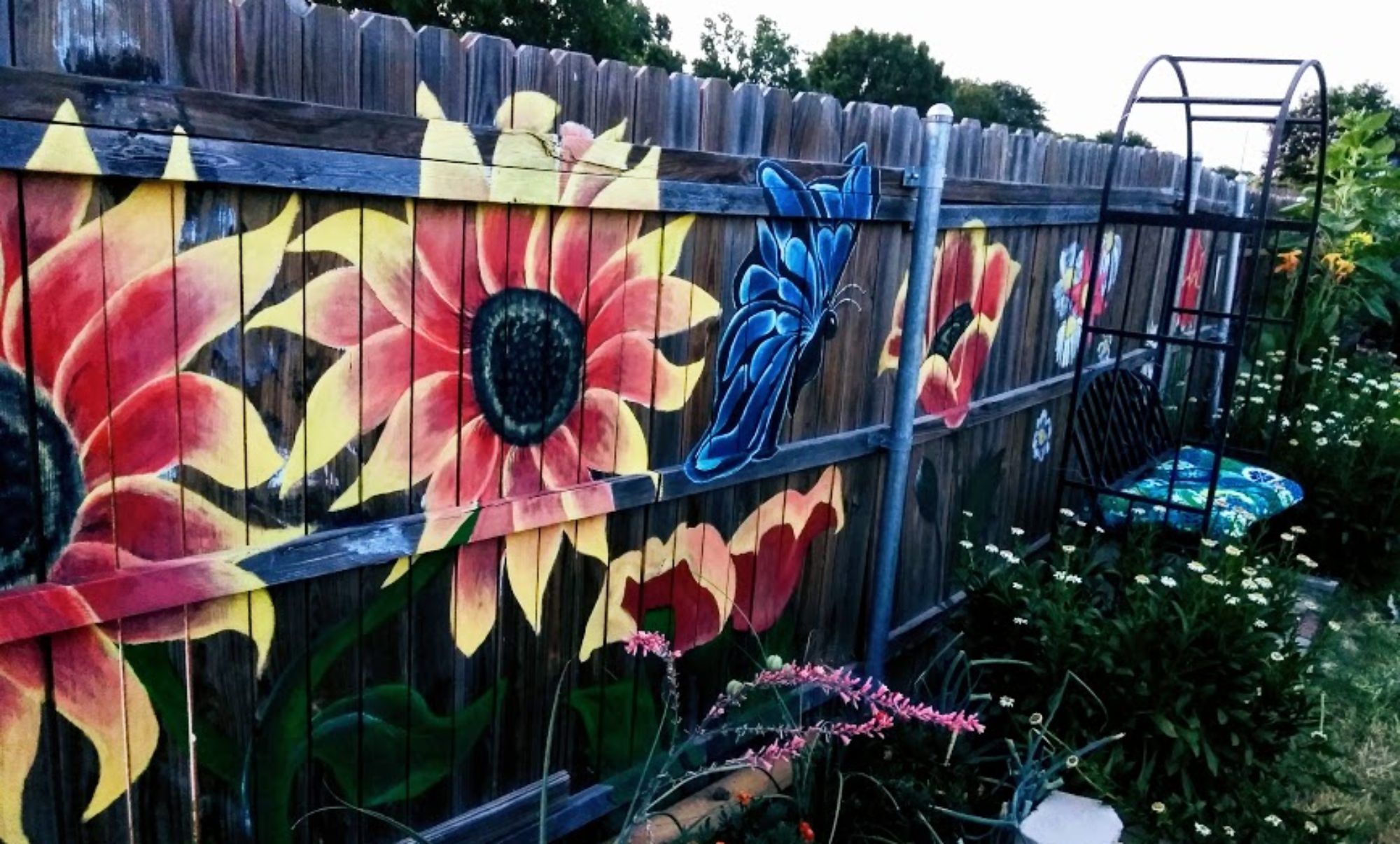
There are few smells as well-known as garlic! The aroma itself brings happiness and growing garlic is so much better as the flavor of fresh garlic cannot be beat!
Categories of Garlic
Although there are many different kinds of garlic most can be classified in two distinct categories known as Soft Neck and Hard Neck.
Soft neck garlic: 
Soft neck garlic has stronger white outer layers of skin that makes them best for long periods of storage. These are often found in grocery stores or markets. Soft neck garlic does not have the long flowering stems found on hard neck garlic. This feature makes them better for braiding and they actually grow best in milder winter areas.
Hard neck garlic:
True to its name, hard neck garlic sends out a long woody flowering stem that generates edible scapes. Hard neck is also cold weather hardy so it’s best for areas that have stronger winters. In contrast to soft neck, it has a thinner more papery skin that is easier to peel. However, this thinner skin means that it will not store as long as your soft neck varieties.
Elephant garlic is often listed as its own category; however, it is not. It does fit within either the soft neck or the hard neck varieties yet it is worth a call out as it produces the largest of the bulbs with only 4 to 6 bulbs per garlic head and has the mildest of the flavors.
Growing Garlic
Garlic is one of the easiest plants to grow with very few enemies. In addition it offers some of the best natural protection making it a great companion plant for a large range of plants. One can have the best crops by following these simple tips
- Plan to plant your garlic in the fall. Allow for approximately 4 to 6 weeks before your first cold spell hits your area. Garlic be grown in early January; however its best in fall for two reasons: 1: garlic really needs a cold spell to set well and planting in the winter ensures this process. 2: they need to have strong established roots by spring so that the plant can then focus on a large healthy garlic head.
 Garlic takes approximately 6 months to fully form. This means once planted in fall they will be in your beds throughout your spring growing period. As such, choose your location wisely. Think about the plants you plan to grow in spring knowing you will be planting around them during this time.
Garlic takes approximately 6 months to fully form. This means once planted in fall they will be in your beds throughout your spring growing period. As such, choose your location wisely. Think about the plants you plan to grow in spring knowing you will be planting around them during this time. - Grow garlic in full sun locations. For heavy heat areas plan for some spots with some shade in the hottest parts of the day.
 Separate your bulbs from the head, leave the paper skin on them and plant them within 2 days of separation. Make sure you select the largest and healthiest bulbs from each garlic head.
Separate your bulbs from the head, leave the paper skin on them and plant them within 2 days of separation. Make sure you select the largest and healthiest bulbs from each garlic head.
- Plant in well-drained soil with good organic matter making sure you have worked the soil so that its soft and pliable for your garlic to grow in. Place a bit of Epsom and bone mill or fish fertilizer in the soil prior to dropping them in!

- Dig the holes approximately 2-4 inches deep. Sites will state to list them 6 inches apart. I have pushed this at times and planted them 3 inches apart. I would not recommend any closer as you want the bulbs to have plenty of room to grow.
- If you planted last year, practice rotating your garlic annually this will deter returning pests to your area!
One may be tempted to grow garlic from the stores; however, I don’t recommend this. You will not know for sure what type you have or how they were grown. Yes, garlic can seem expensive at first; however, keep in mind you will get a full head of garlic from each bulb planted. In addition if dried and stored properly one will be able to use their own garlic for continued growth season after season going forward.
Companion Planting
On a personal note I love to scatter garlic throughout my beds. Growing them where I have open spaces or boarders. It offers a natural repellent for plants and can deter deer and rabbit making it an exceptional companion plant. Here I have placed it all along the back in the my lettuce and cabbage beds to help detour pests.

Pests deterred by garlic
- Gnats
- Spider Mites
- Aphids
- Snails
- Ants
Plants that benefit from garlic
- Fruit trees
- Corn
- Dill
- Beets
- Kale
- Spinach
- Potatoes
- Carrots
- Eggplants
- Tomatoes
- Peppers
- Cabbage
- Cauliflower
- Broccoli Kohlrabi
- Roses
- Geraniums
Do not grow garlic around
- asparagus
- peas
- beans
- sage
- parsley or
- onions (onions and garlic attract the same enemies so it’s best not to plant them together)
Quick Video On Planting Garlic
Accompanying Articles
Knowing When to Harvest Your Garlic
Growing and Caring for Garlic Chives





Very informative. Any recommendations on where to get bulbs for planting????
Hey there! Thank you so much I’m sorry i’m so late responding shame on me for not checking sooner hahaha time got away from me!! I got my first ones at baker creek seeds. After that I have not had to buy them I have been able to use my own so I pretty much have them all season!! You can also order them at amazon,com believe it or not my mom tried them and they turned out well there. I think the biggest thing is just making sure you get the kind best for your area and get them in before your first hard freeze so they can withstand the winter with strong roots for spring! You will love it get some!!